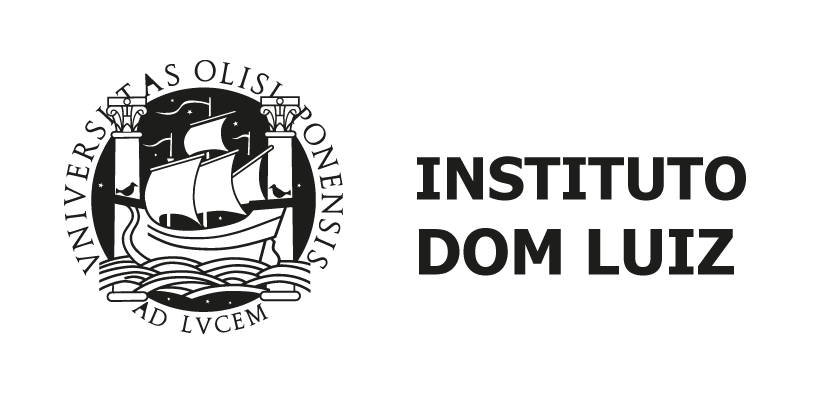Researchers of the IDL Study Geological Record of Tsunami Deposits of the Maio Island in Cape Verde
A study by researchers of the Instituto Dom Luiz (IDL), José Madeira, Ricardo Ramalho, João Mata e Mário Moreira, in collaboration with Dirk Hoffmann of the Max Planck Institute for Evolutionary Anthropology (Germany), on the record of tsunami deposits from the Pleistocene of the Maio island (Cape Verde), has recently been published in the prestigious scientific journal Sedimentology of the International Association of Sedimentologists (https://onlinelibrary.wiley.com/doi/full/10.1111/sed.12612). This paper records the presence of abundant tsunami deposits on the Maio island and discusses its stratigraphy, sedimentological characteristics, probable age and source of origin. Tsunamis on oceanic islands are usually triggered by volcanic flank collapses, which frequency is poorly known making difficult to estimate the probability of a new occurrence. In this work four different flood events of variable magnitude were recorded during the Pleistocene. These observations indicate that the risk of tsunami in volcanic archipelagos with active volcanoes, as in Cape Verde, may be underestimated. These studies of tsunami deposits from the geological record are critical for estimating the frequency and magnitude of these occurrences and for assessing the risks of such extreme geological events to island populations.Keywords: Cape Verde; frequency; ocean islands; sediments; tsunamis



